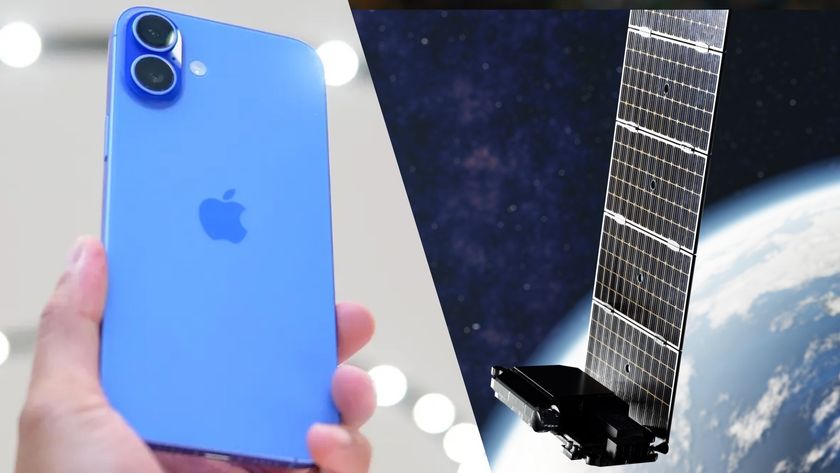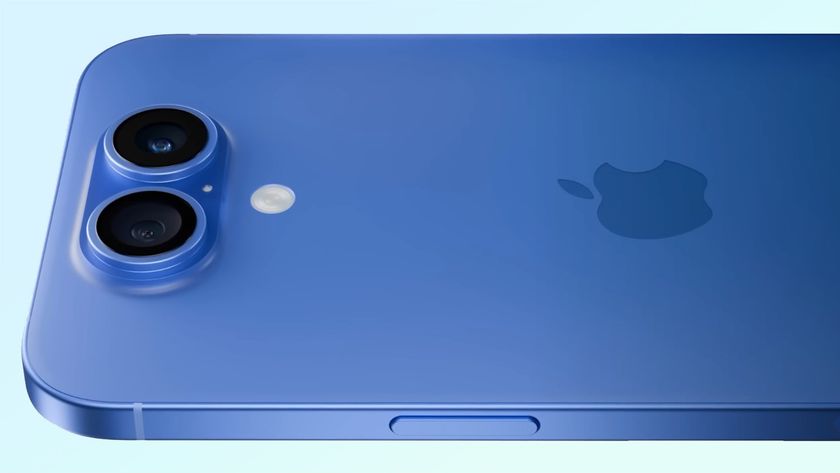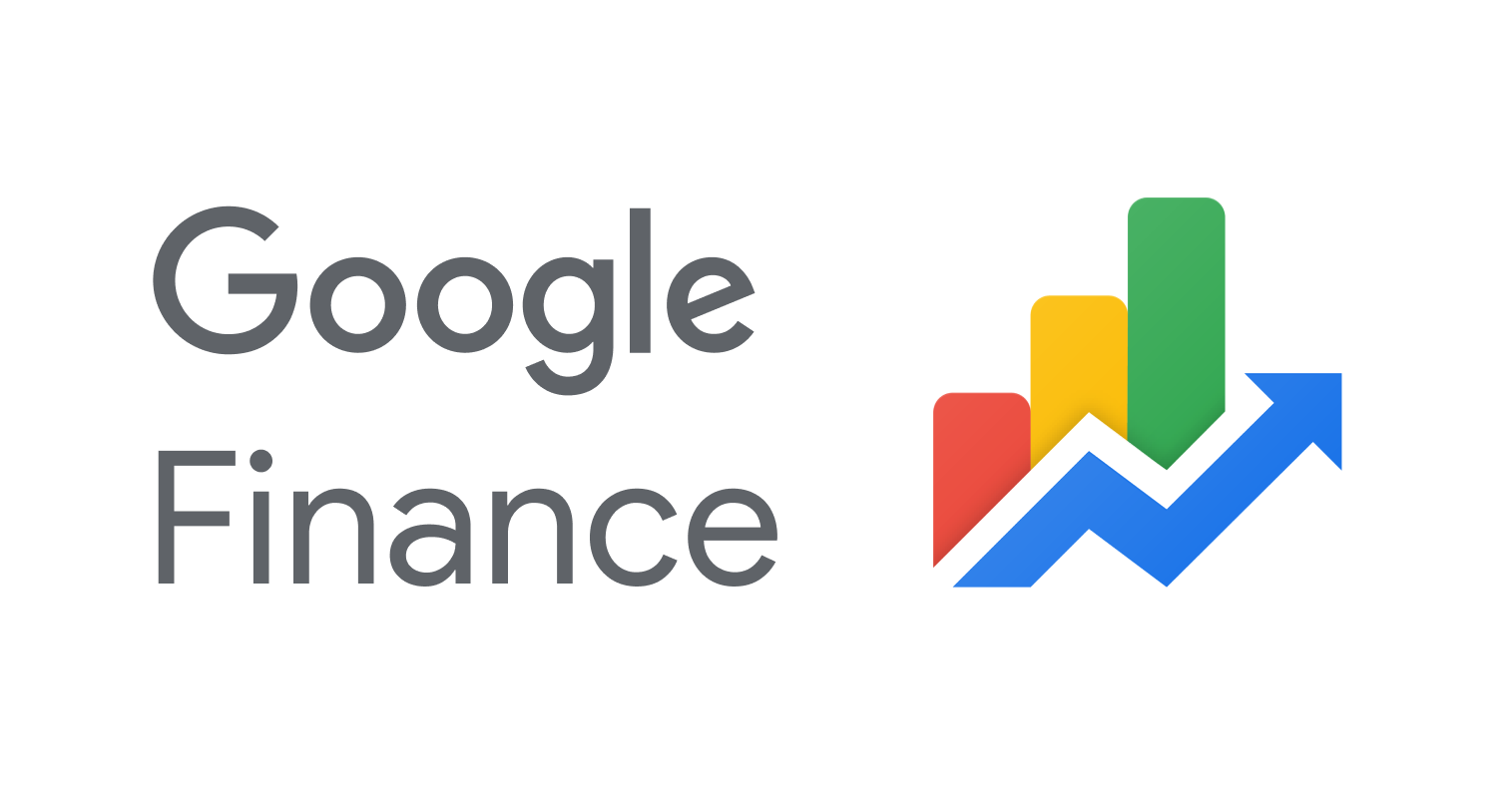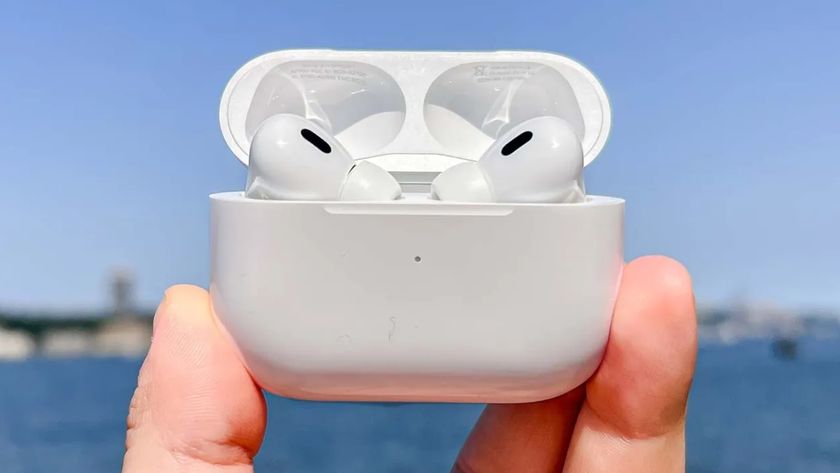The tech world is abuzz with excitement as rumors of Apple’s next big move have just surfaced, sending shockwaves through the industry. A leaked CAD (Computer-Aided Design) render of the upcoming iPhone 17 has been making waves, and it’s got everyone talking. The pictures show a design that bears an uncanny resemblance to Google’s Pixel series, leaving many to wonder: is Apple copying Google?
For years, Apple has been synonymous with sleek, minimalist design, but this new rendering appears to be a departure from the Cupertino giant’s usual aesthetic. The similarities to Google’s Pixel phones are striking, with a flat, angular shape and a prominent camera bump on the back. Could this be a deliberate nod to the competition, or is it simply a case of convergent design?

Leaked CAD Renders Spark Controversy

Rumors swirling around Apple’s upcoming iPhone 17 have reached a fever pitch, with leaked CAD renders suggesting a significant design shift that bears a striking resemblance to Google’s Pixel 9 series. The render, shared by the often-reliable tipster Majin Bu, depicts a horizontally aligned camera array, a departure from the traditional vertical setup seen on iPhones for years. This potential design change, if accurate, could have far-reaching implications for the iPhone’s aesthetic and its standing in the fiercely competitive smartphone market.
While Majin Bu has a mixed track record with leaks, the visual similarity to Google’s Pixel-like design has ignited a firestorm of speculation and debate within the tech community. Gizmoposts24 analysts are closely monitoring these developments, scrutinizing every detail of the leaked render and analyzing its potential impact on the iPhone 17’s design language.

Apple vs. Google: A History of Design Inspiration (and Alleged Copying)
Blurred Lines in the Design Landscape
The tech industry, particularly the realm of smartphones, is known for its rapid innovation and constant evolution. However, this relentless pursuit of novelty has often led to accusations of design inspiration blurring into outright copying. Apple and Samsung, two titans of the industry, have been embroiled in numerous patent disputes and public disagreements over design similarities, setting a precedent for the ongoing debate surrounding originality and innovation.
The iPhone 17’s rumored adoption of a Pixel-like camera design adds another chapter to this intricate narrative. While Apple has consistently asserted its commitment to creating unique and groundbreaking designs, the visual resemblance to Google’s distinctive camera module raises questions about the extent to which inspiration transcends into imitation. Gizmoposts24 will continue to investigate these claims, analyzing the historical context of design similarities in the tech world and providing readers with informed perspectives on this evolving issue.

Aesthetic Implications and the Future of iPhone Design
A Shift in Identity?
Apple’s current design language is instantly recognizable, distinguishing iPhones from competitors. The seamless integration of hardware and software, the minimalist aesthetic, and the signature rounded edges have become synonymous with the brand. A shift towards Google’s more blocky and angular design could potentially dilute this unique identity, leading to a sense of visual homogenization within the smartphone market.

The Consumer Perspective
From a consumer perspective, a more homogenized design landscape might lead to a sense of sameness across smartphone brands. While design is subjective, Apple’s distinctive aesthetics have played a significant role in its success, fostering brand loyalty and setting it apart from the competition. A departure from this established design language could alienate some consumers who value Apple’s unique visual identity.
Convergence or Divergence?
The iPhone 17’s potential design change could signal a broader trend towards convergence in smartphone design, potentially impacting future iterations of both iPhone and Pixel devices. As technology advances, manufacturers may increasingly converge on similar design principles, driven by factors such as ergonomics, functionality, and manufacturing efficiency. Gizmoposts24 will continue to track these developments, analyzing the long-term implications for smartphone design and consumer preferences.
The Big Picture: Beyond Aesthetics
Functionality and User Experience
While design aesthetics are undoubtedly important, it’s crucial to consider the underlying technology and user experience. The rumored camera design change raises questions about its potential impact on the iPhone’s functionality and image quality. Gizmoposts24 will conduct in-depth analysis of the technical specifications and camera capabilities of the iPhone 17, evaluating its performance against competitors and providing readers with a comprehensive understanding of its strengths and weaknesses.
Value Proposition
Ultimately, consumers will judge the iPhone 17 based on its overall performance, features, and value proposition, not just its outward appearance. Gizmoposts24 will rigorously evaluate the iPhone 17 across all these dimensions, providing readers with an unbiased assessment of its strengths and drawbacks.
Conclusion
Conclusion: The Great Design Debate – Apple vs. Google
The recent leaked iPhone 17 CAD render, showcasing a design remarkably similar to the Google Pixel series, has sparked a heated debate about Apple’s potential copying of its long-time rival. Our analysis delves into the key points of this controversy, exploring the striking resemblance between the two devices. The CAD render suggests that Apple may be borrowing from Google’s playbook, adopting the same clean lines, camera layout, and subtle curvature that has become synonymous with the Pixel brand. This raises questions about the role of innovation and originality in the tech industry, where competition is fierce and the lines between inspiration and imitation can become increasingly blurred.
The implications of this design shift are significant, as it could fundamentally alter the way we perceive Apple’s approach to product development. If the iPhone 17 does indeed sport a Pixel-like design, it would be a tacit acknowledgment that Apple is willing to adapt and evolve its aesthetic to stay relevant in a crowded market. This, in turn, may embolden other manufacturers to push the boundaries of design, driving innovation and progress in the tech world. As we move forward, it will be fascinating to see how Apple’s design decisions shape the future of smartphones and, by extension, the broader tech landscape.
As we ponder the what-ifs of Apple’s design choices, one thing is certain: the tech industry will never be the same. The great design debate between Apple and Google is far from over, and the outcome will have far-reaching consequences that will shape the way we interact with technology for years to come. The question on everyone’s mind is: will Apple’s bold move spark a revolution in design, or will it mark the beginning of a long decline into mediocrity? One thing is for sure – the world will be watching, and the future of tech will be shaped by the outcomes of this epic showdown.


Add Comment